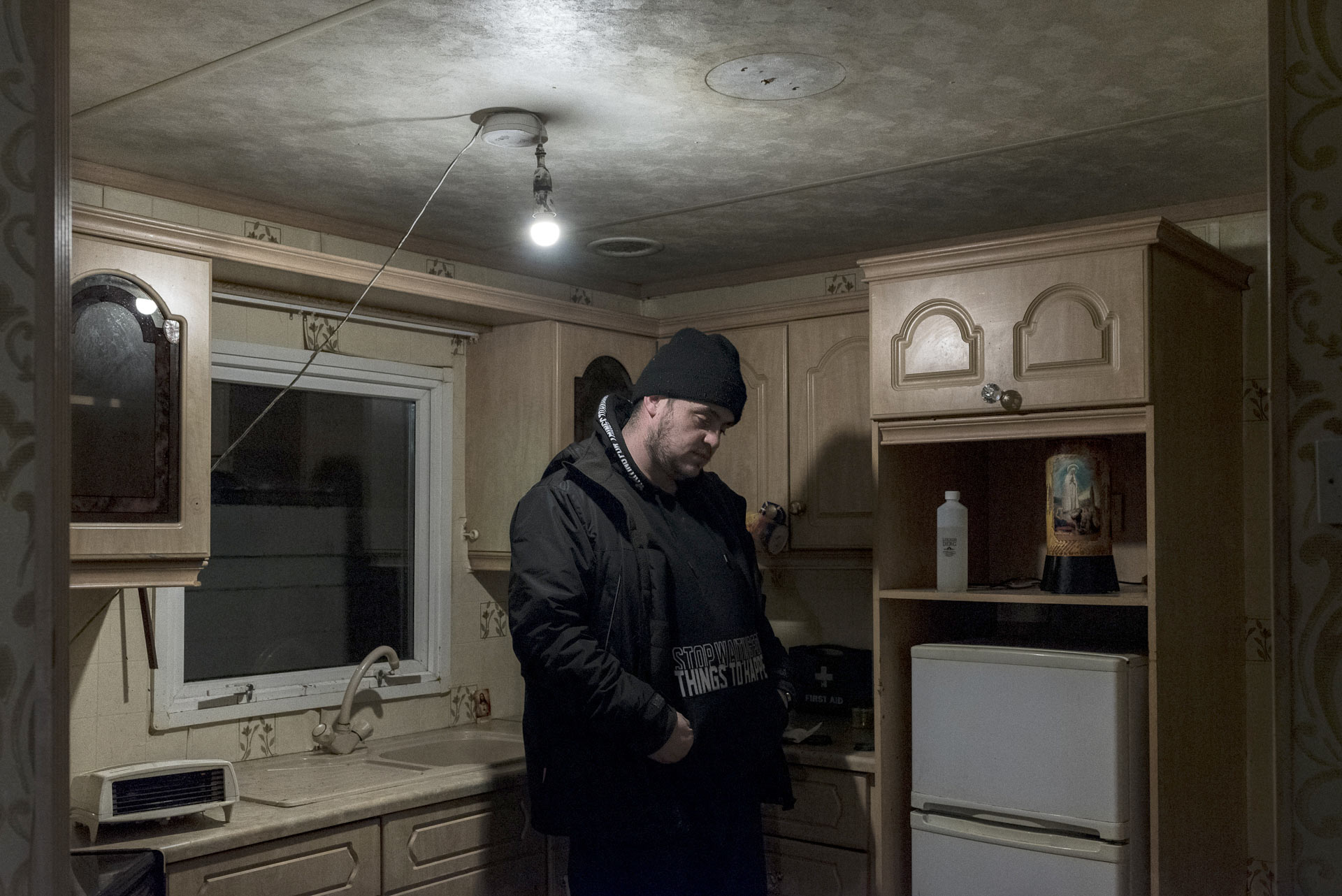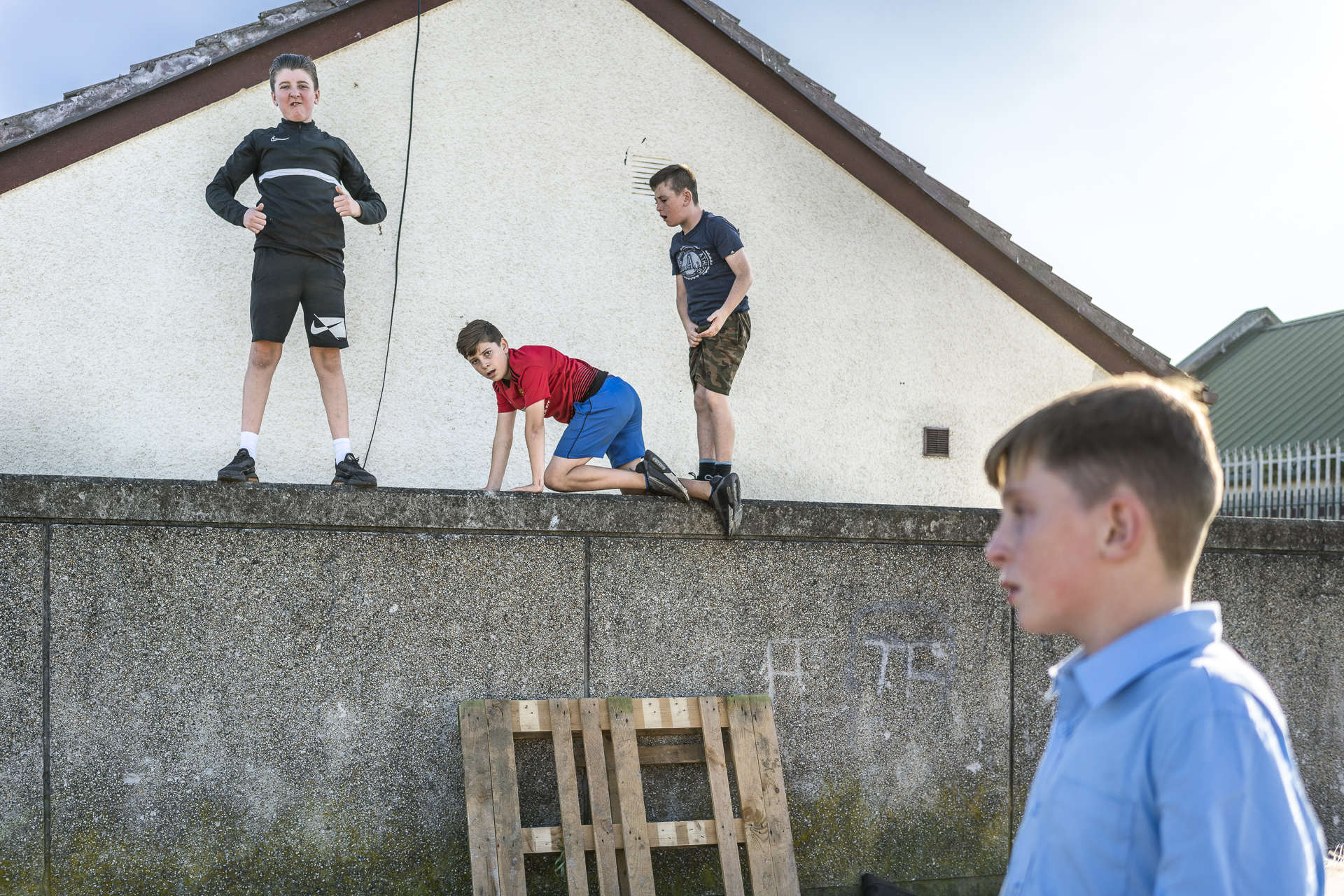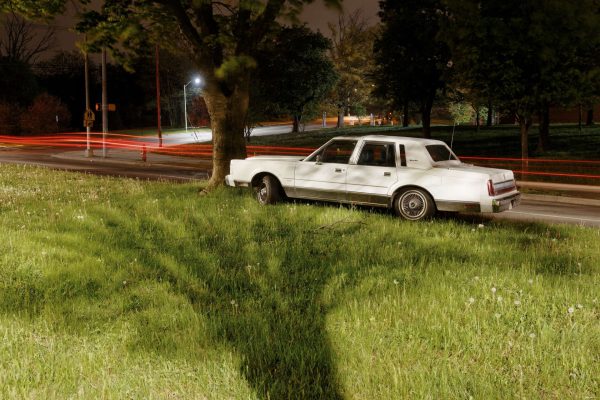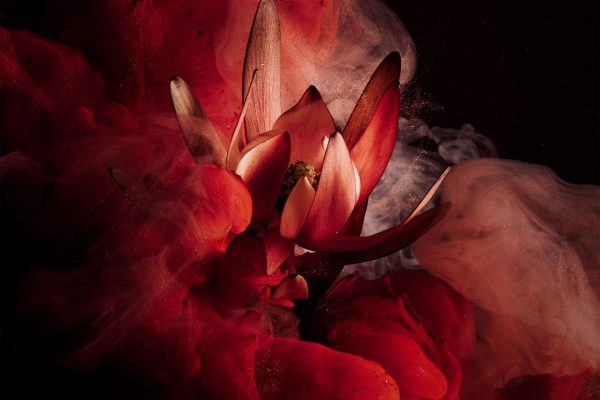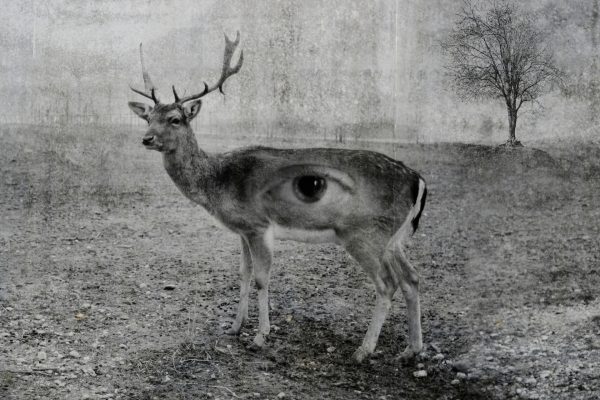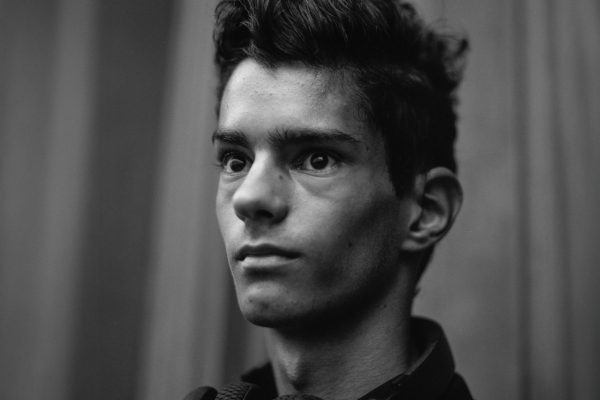Sebastiaan Franco’s epic photo project where he spent 4 years photographing Irish Travellers.
Anásha is a word that has different meanings and ways of writing, depending on where you are in Ireland and who you’re with. Roughly translating as ‘immediately’, it’s a word used to make someone pay attention to what’s happening around them. It might be used to point out a person or a situation that is out of the ordinary.
The term comes from Gammon, a language only spoken by the Irish Travellers, invented after the Cromwellian settlement of Ireland in 1649. During this time land and homes were repossessed, and to escape British rule, a part of the Irish people turned nomadic. While on the road they developed their own cant, a mixture of Gaelic and English to communicate with other traveling families. They were named ‘an lucht siùil’ or ‘the walking people’. Supposedly that’s where this culture started. They would travel around the country, selling wares or work for farmers before setting off again. Like most outsiders they were not welcome everywhere and got different names over the years. Pikeys, knackers, gypsies, vagrants or Travellers, with the latter being the official name now.
Around the 1960s the Irish government started group housing schemes where Travellers moved into permanent housing. They called it ‘the assimilation agenda’ which was aimed at integrating the community into society. Councils started building inexpensive hut-like accommodation, first Labre Park near Ballyfermot, then Avila Park in Finglas, hoping that by offering social housing they would finally settle. These accommodations were mostly located in impoverished areas around big cities, forcing them to integrate in a society they tried to avoid for generations. This didn’t work as intended and instead of Travellers finding their place in general society they became more and more involved with the so-called ‘undesirables’ of the settled community.
This led to criminality, violence and even addiction with younger generations. Over the past few years a few initiatives have been working with local families to promote education and fund housing for families that settled in the outer suburbs of Dublin. Working together with the Finglas Traveller Development Program and Dublin City Council, I was offered an audience with president Higgins, which was also a chance for representatives of the site to have an open and honest discussion with policy-makers.
I’ve lived with the Collins and Keenan families in Finglas for over two years. First as an outsider but through spending months and months with them, I slowly became part of the family.
I left Dublin due to family matters in 2019 and was not able to travel the year after of course, but I rejoined the families for a while during the summer of 2021 to continue photographing and writing about their lives, with more trips planned in 2022.


















